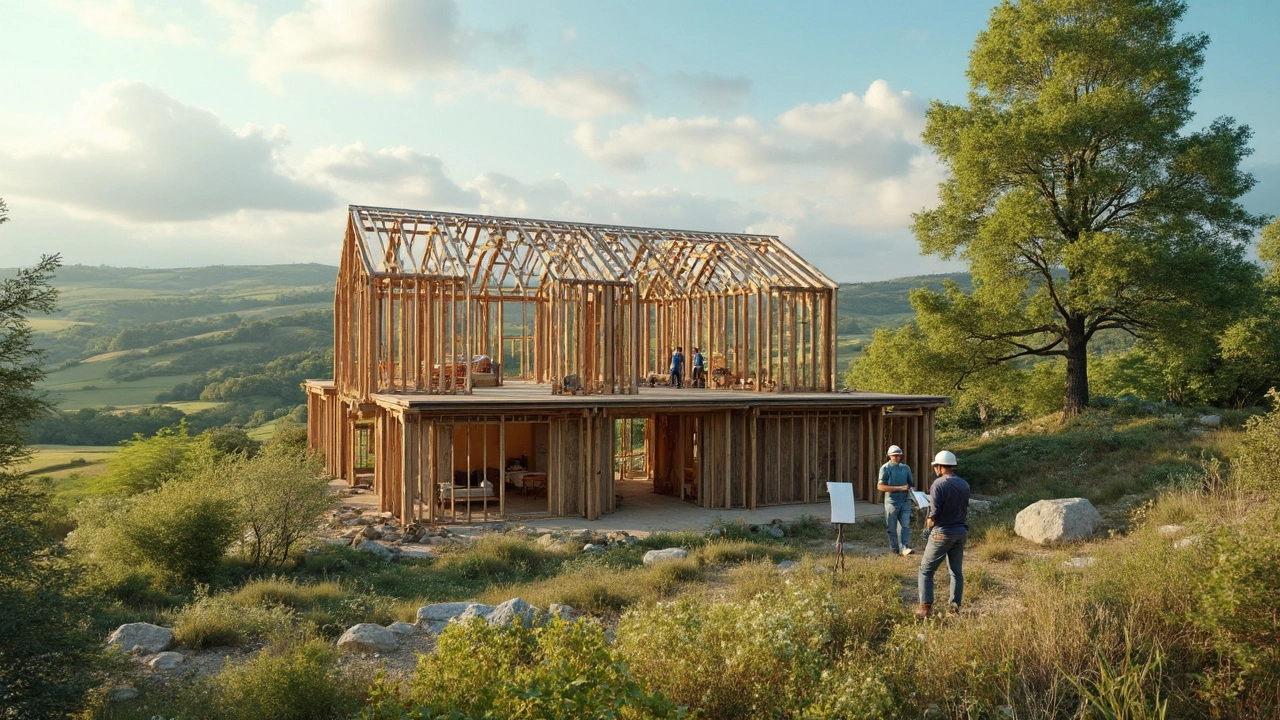Eco-Friendly Homes
When planning Eco‑Friendly Homes, residences built to lower environmental impact through efficient energy use, sustainable materials and thoughtful site design. Also known as green homes, they aim to reduce carbon footprints while providing comfortable living spaces.
One of the most rigorous standards you’ll meet is Passive House, a certification that pushes heating demand below 15 kWh/m² per year through airtight construction and heat‑recovery ventilation. This approach forces designers to think about insulation, window performance and thermal bridges from day one. Another wildly different model is the Earthship, a self‑sufficient home built with reclaimed tires, earth‑filled bottles and on‑site solar and water harvesting systems. Earthships show how waste can become the building envelope and how passive heating can come from thermal mass. If you prefer a simpler, low‑tech route, the Straw Bale House, uses tightly packed straw bales as both structural wall and high‑R‑value insulation to cut heating bills dramatically. Finally, the rise of Mass Timber, engineered wood panels that replace steel and concrete in multi‑storey frames while storing carbon offers a renewable alternative with a warm aesthetic.
Eco‑Friendly Homes encompass these diverse concepts, yet they share three core attributes: energy efficiency, material sustainability, and site‑responsive design. Energy efficiency comes from airtight envelopes, high‑performance windows and mechanical ventilation with heat recovery. Material sustainability means choosing resources that are renewable, low‑embodied‑carbon or recycled—think timber, straw, reclaimed metal, or earth‑filled bottles. Site‑responsive design adapts orientation, shading and landscaping to capture solar gain in winter and provide shade in summer, which cuts mechanical load.
Putting these ideas into practice starts with an assessment of local climate and building codes. Look for certifications such as BREEAM, LEED or the UK’s Passivhaus standard to guide material choices and performance targets. Sourcing timber from certified forests or reclaimed sources reduces embodied carbon, while prefabricated mass‑timber panels can shorten construction time and waste. For DIY‑oriented builders, straw‑bale walls can be erected with basic carpentry skills and a clear moisture barrier plan. Remember to factor in life‑cycle costs—higher upfront investment in high‑performance insulation often pays back through lower energy bills.
Looking ahead, the market for Eco‑Friendly Homes is expanding as homeowners demand lower utility bills and governments tighten carbon‑reduction targets. Innovative hybrids—like timber‑frame Earthships or passive‑house‑grade straw‑bale cabins—are emerging, blending the best of each system. Community projects that share resources, such as collective rainwater harvesting or joint solar farms, amplify the impact of individual green builds. Below you’ll discover deeper dives into each approach, cost breakdowns, real‑world examples and actionable tips that can help you choose the right sustainable path for your next home or renovation project.

Building an eco-friendly home sounds ideal but comes with its share of challenges. Considerations like the cost of sustainable materials, finding skilled professionals, and staying updated with evolving technology can create hurdles. There's also the need to navigate complex building regulations and ensure the home design aligns with eco-friendly principles. Let's explore what's required to overcome these limitations.
Read more
